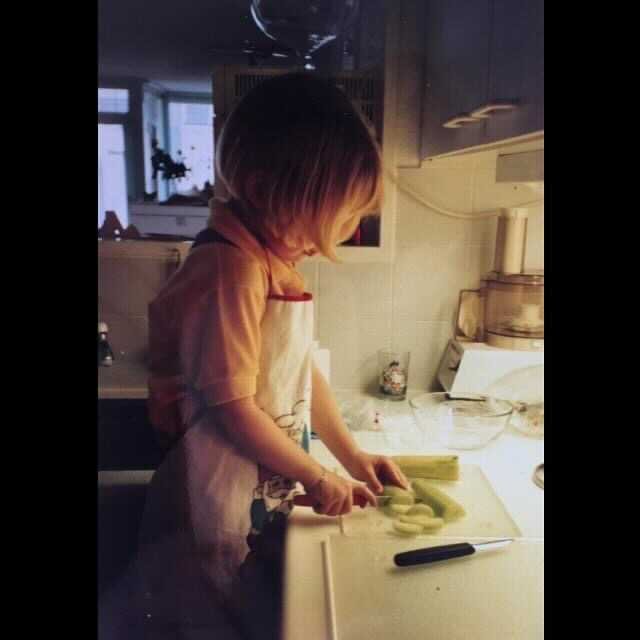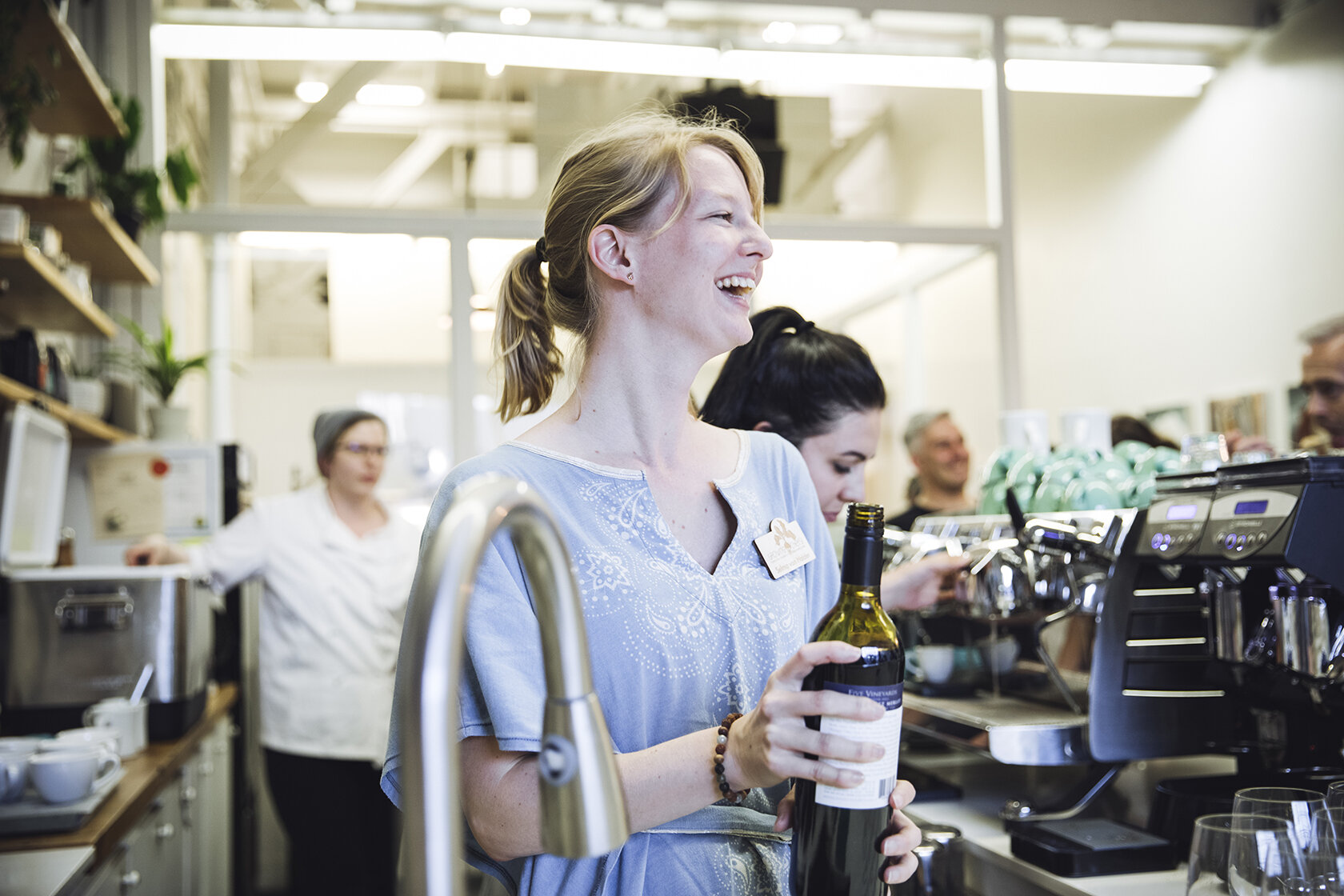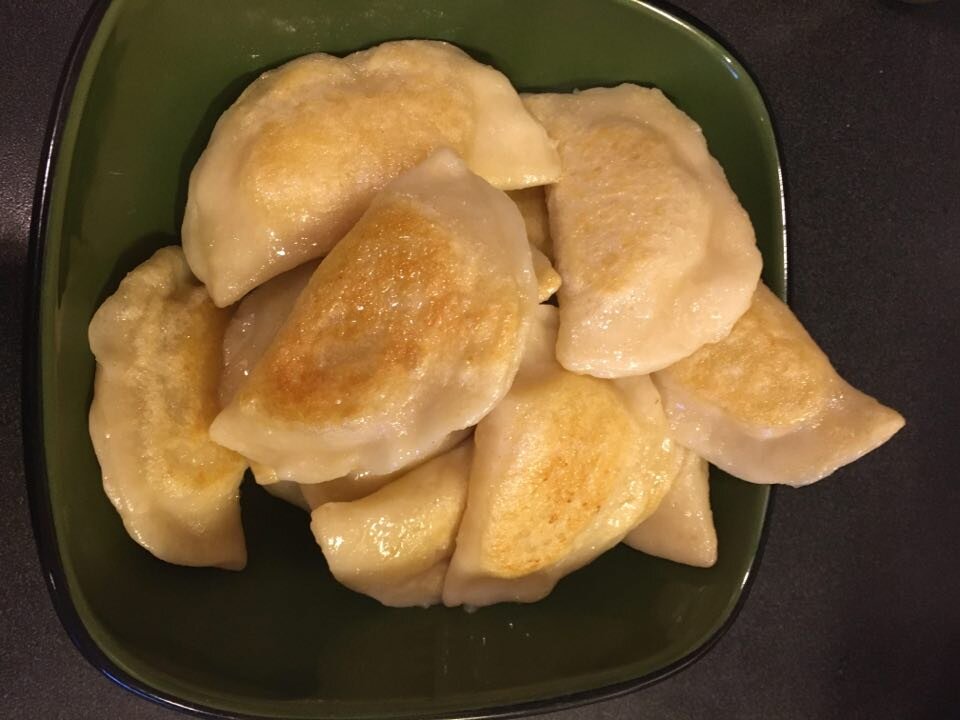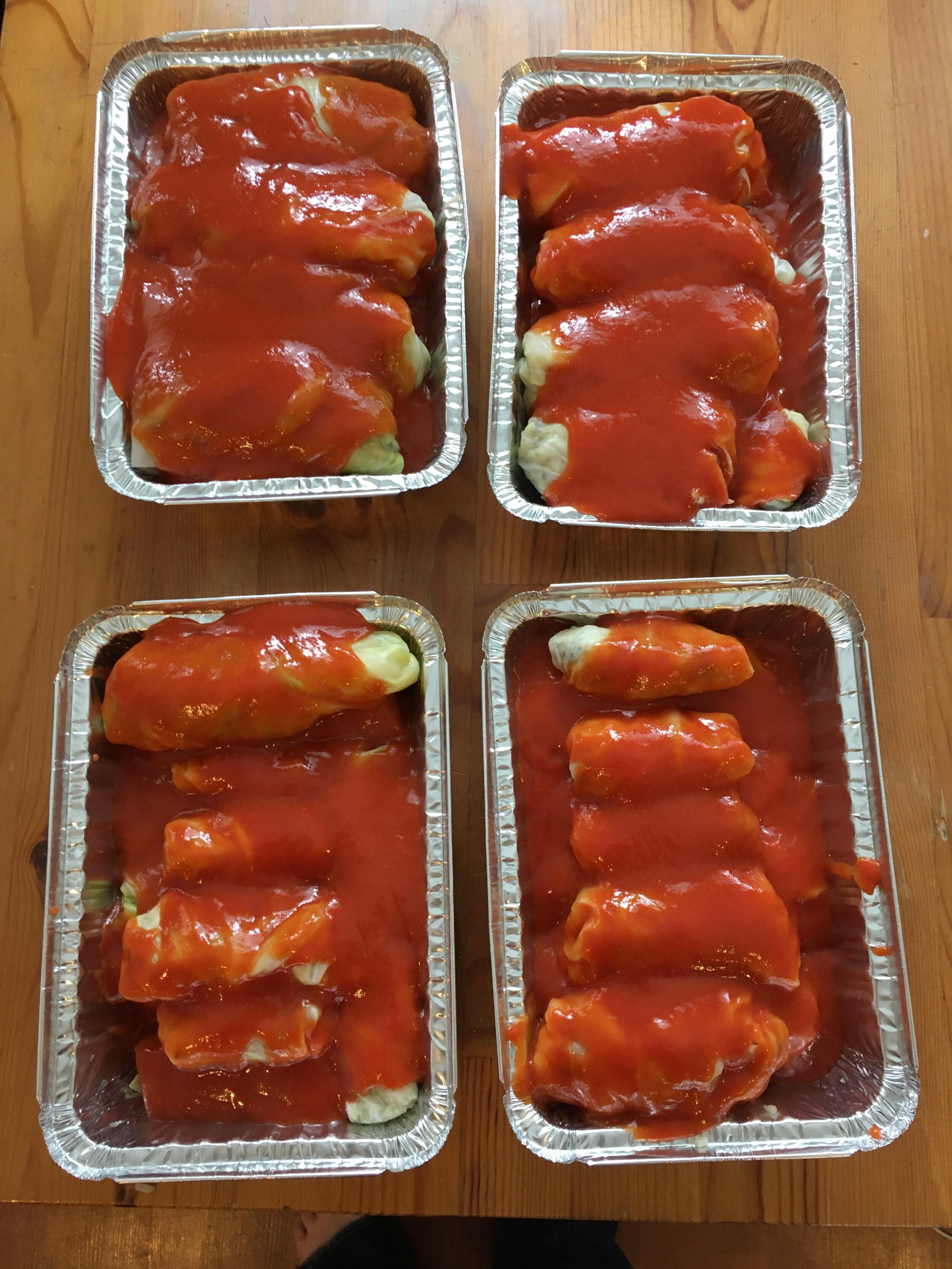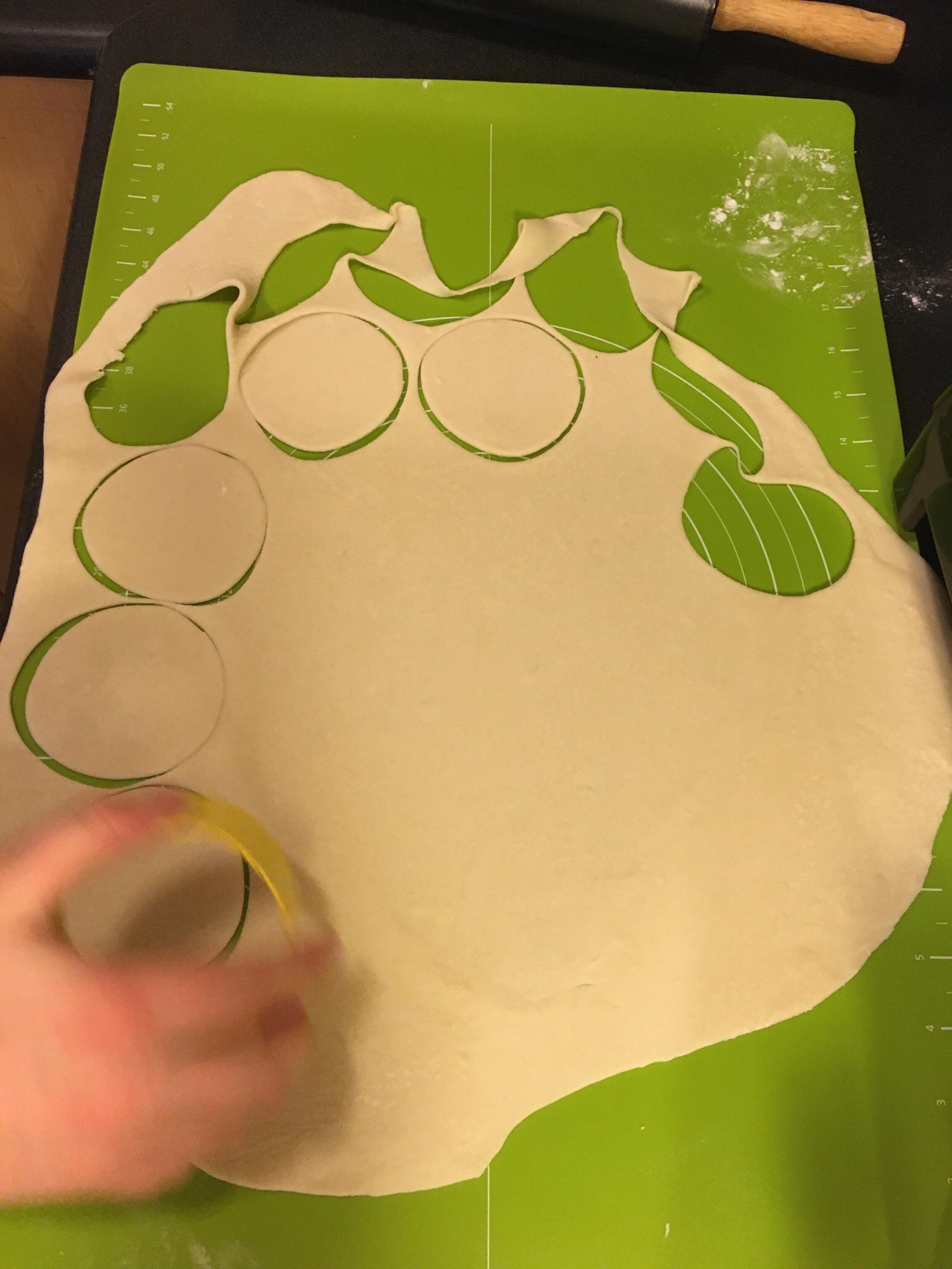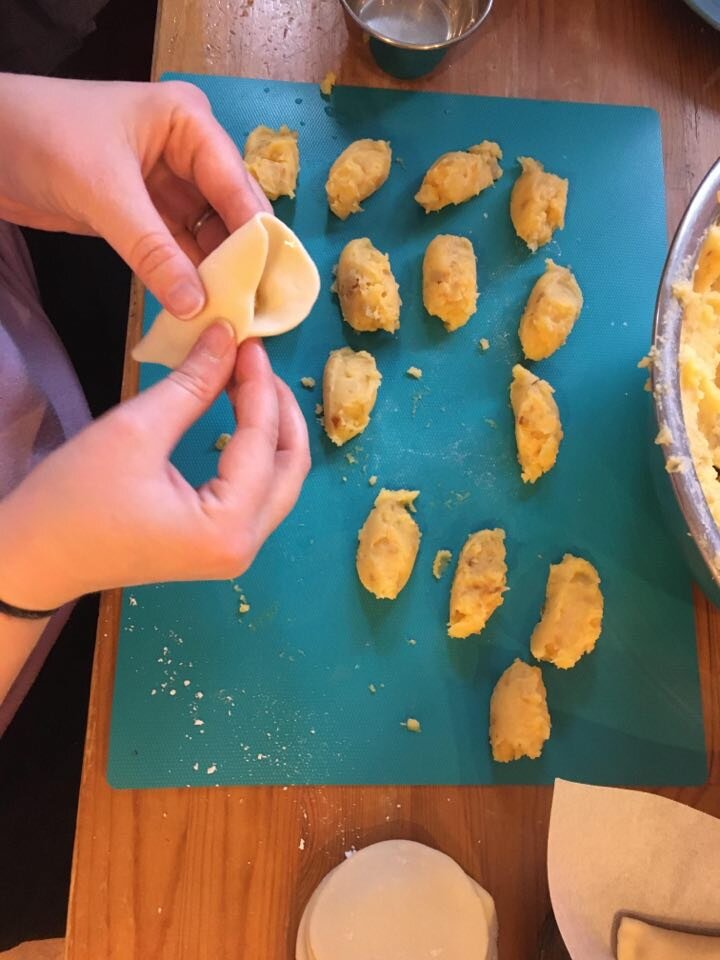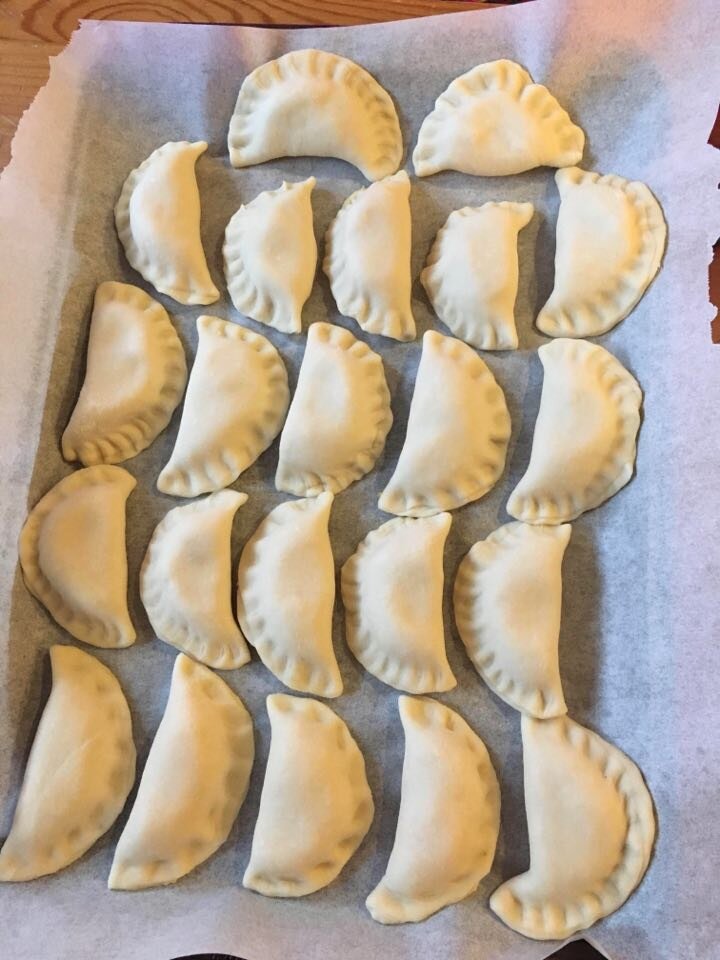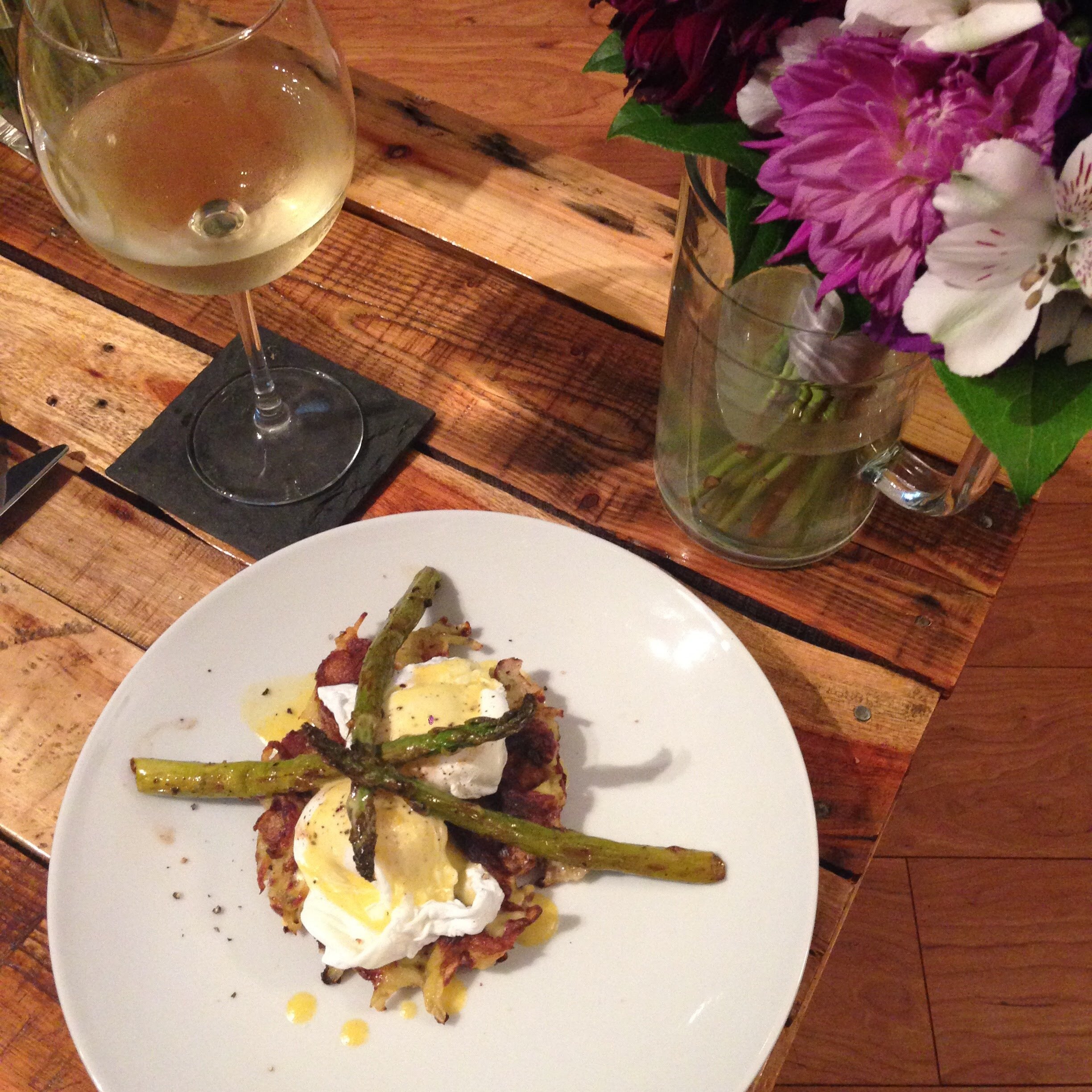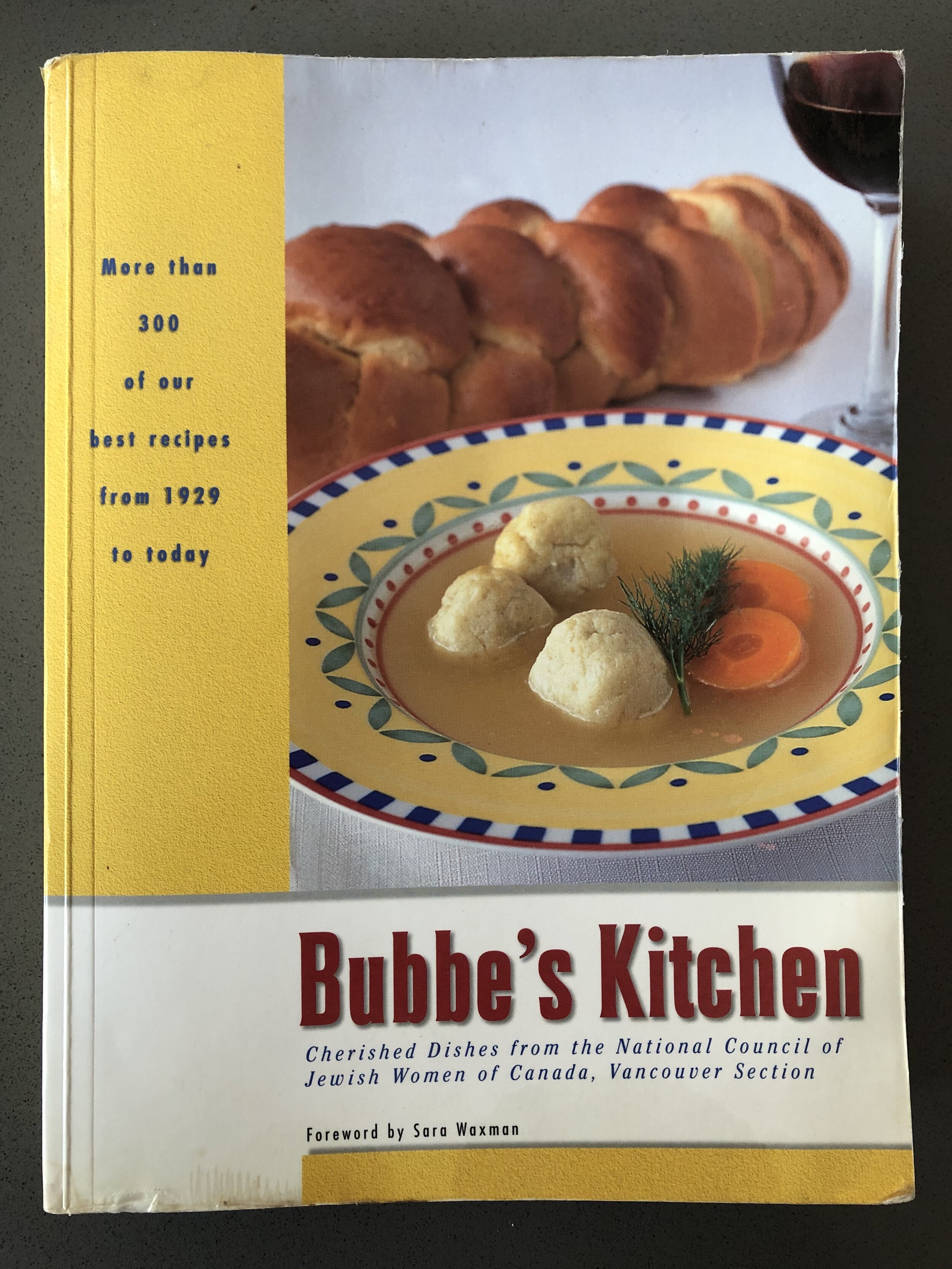At Growing Chefs, we adore International Women’s Day. It’s a great opportunity for us to reflect on our community and highlight some of the local women and women-run businesses that are creating delicious food and accomplishing amazing feats, right in our backyard. And wow - our community makes this easy for us! Read on to virtually meet some of the wonderful women that help keep our hearts and bellies full.
Plus, we asked each of them to name women who inspire them, so the appreciation goes on and on! Enjoy.
Selma van Halder
Our very own Chef Selma’s talents expand even farther than Program Manager and Chef Educator at Growing Chefs; you can also find her co-managing the kitchen at Luv the Grub, and mentoring other change-makers with Groundswell.
What is your earliest food-related memory?
My earliest food memories are mostly of my mom and I in the kitchen together. The first dish I remember making start to finish was an omelette. When I was 5 there was one evening a week where I took swimming lessons. As a light meal before splashing into the pool, and no doubt as a way to make me feel good about the evening despite the swimming lesson, my mom would allow me to make my own omelette every week. The only thing I needed help with was the pulling apart of the egg shell, because I needed someone with stronger thumbs than mine. I'd help out in the kitchen often, but being allowed to turn on the gas and do the whole thing uninterrupted was a big deal. I'd eat it on a white milk bun in the car on the way to the pool. I remember absolutely hating swimming lessons (too cold!), but loving that precious omelette and the joy of making it all by myself.
Do you have a garden at home? What do you like to grow?
I love my garden! I used to grow all kinds of things in pots on my balcony, and now I have the joy of gardening in boxes in my yard. Last year I grew lots of leafy greens like spinach, kale, and collards, a whole host of different coloured carrots and beets, lots of herbs, and a tomato forest that got a little out of hand.
How do you help to support and lift up other women in food and agriculture?
By learning, by advocating, by co-conspiring, and by putting my money where my mouth is. There are some immensely awesome women and femmes working in all corners of our food system and they deserve support. I spend my energy and my money on getting to know folks in our food system, especially those with historically overlooked identities, like women and femmes who are racialised or whose womanhood intersects with other marginalised identities.
Who are your favourite women role models in food and agriculture (2-3)?
Karen McAthy: I met Chef Karen at my volunteer training with Growing Chefs, 6 years ago. Over the years I've gotten to know her as a kind, generous, and extremely talented person. To be able to make it as far as she has as a woman in an often exclusionary industry, with a vision as radical as hers, is more than commendable. She is a force. I'm glad to see her business Blue Heron thriving, and that she is getting some of the recognition she deserves.
Alexis Nikole Nelson (@alexisnikole on TikTok and @blackforager on Instagram): Alexis knows so much about foraging and does lots of experimenting in her kitchen. I love people who are nerdy in a very particular direction. Alexis' posts remind me that there is so much more to learn and that there's always ways to make learning more fun (like by singing a song in the middle of a video). Her commentary about the revolutionary aspect of foraging as a Black woman is on point.
Leah Penniman: Leah is the founding co-director of Soul Fire Farm, a Black and Indigenous-led regenerative community farm in Grafton, NY. She is also the author of the book Farming While Black. Her knowledge of how healthy ecosystems work, her ability to articulate issues of racism and injustice in the food system, and her work in education and advocacy are things I aspire to every day.
Erika Simms
Erika is a Vancouver native who loves gardening and good food. Her passions arose from the time spent with her father in the family garden. For many years she worked as a chef with a focus on fresh, organic, and local ingredients. While working in food security, she developed a seed library and taught many gardening workshops. Currently, she is working at West Coast Seeds as the Community Roots Program Coordinator. She is inspired by charities, schools, and non-profit organizations that promote an interest in local foods and support their communities. Erika has even volunteered for the Growing Chefs classroom program! We feel so lucky to have the support of her and West Coast Seeds.
What is your earliest food-related memory?
My grandmother baked beautiful cakes that had a special buttercream icing and homemade marzipan figures on top.
Do you have a garden at home? What do you like to grow?
Yes, I have raised bed gardens and containers. I have some small fruit trees and berry bushes. I grow peas, beans, lettuce, Asian greens, shallots and many types of herbs. My goal is to try something new each year. This year I will try growing celeriac.
How do you help to support and lift up other women in food and agriculture?
As part of my role as Community Roots Program Coordinator at West Coast Seeds (WCS), I support many communities through our Seed Donation Program. WCS donates to several organizations managed by women. Personally, I buy the produce of two local women farmers in Richmond. They are an inspiration to me because of their dedication and hard work.
Who are your favourite women role models in food and agriculture?
There are so many women who work hard in the food and agriculture field that it is difficult to decide. I choose these role models because they work hard and are avid supporters of their communities.
Arzeena Hamir, Amara Farm (Courtenay, BC)
Kimi Hendess, Sweet Digz Farm (Richmond, BC)
Kareno Hawbolt, Sweet Digz Farm (Richmond, BC)
Natasha Sawyer
Chef Tasha Sawyer has been a chef for the last 13 years, and an avid forager since she was a child. She is passionate about local ingredients, is a champion for good food, and is a dedicated culinary educator. She is driven by her passion for food and dedication to food security. For her, food is fundamental to building and sustaining community, and integral to creating connections across diverse communities. She is currently a Chef-in-Residence with the LunchLAB program, as well as a casual instructor at Vancouver Community College. In addition, you can often find her doing dinner pop-ups and catering.
What is your earliest food-related memory?
One of my earliest food related memories is playing with my little toy kitchen with mini pots and pans. My mom would give me slices of carrot and raw rice to play with so I could pretend to be cooking. Sometimes I would crunch the grains of raw rice and be really disappointed I couldn’t cook at the real stove.
How do you help to support and lift up other women in food and agriculture?
In my efforts to support women in food and agriculture, I prefer to work at a grassroots level. In my role as a culinary instructor, I do my best to nurture young women, especially women who show an interest in going into the culinary industry. I have been a resource, consultant, and champion for women starting independent businesses, and promote those businesses through event collaboration.
Do you have a garden at home? What do you like to grow?
I have had a garden at home for the last 5 years, and it's one of my greatest pleasures. I grow herbs; thyme, oregano, chives, and rosemary. The rosemary lives through the winter, which is incredible. I change up what I plant every year, but I particularly love to grow squash, beets, and collard greens. Those vegetables make me particularly happy.
Who are your favourite women role models in food and agriculture?
There are so many awe-inspiring women at the forefront of shaping food and agriculture. One of my mentors is Chef Andrea Carlson. She is the co-owner of 3 restaurants here in Vancouver, and is a pioneer of the farm-to-table movement in BC. I admire her dedication to local farmers and organic food, as well as her endless creativity. Asha Wheeldon, the founder of Kula Foods is another extraordinary food pioneer here in BC. Her food activism and promotion of Afro-Vegan cuisine moves me, and I really hope to work with her one day.
Annamarie Klippenstein
Annamarie is co-owner of Klippers Organic Acres. This 60-acre farm was started in 2001 by herself and her husband Kevin. Annamarie grew up on a certified organic farm in Chilliwack, BC as the third oldest of Hans and Mary Forstbauer’s 12 children. Growing up dyslexic in the 90s was hard, but with the support of her parents, she learned that hard work and determination would prevail and she graduated at the top of her class. The same hard work and determination has now been a driving force in the success and expansion of Klippers Organic Acres, being recognized as Canada’s Outstanding Farmer in 2011, Row Fourteen (#1 New Restaurant in 2019), Klippers Suites, and Untangled Craft Cider.
Having grown up on a large family farm, Annamarie knew the importance of good, healthy food. After spending a few years in Vancouver working in the hospitality industry, she decided to move back to the family farm. It was there that Annamarie and Kevin decided to start a farm of their own and Klippers was conceived. Today, Annamarie plans the crops and crop rotations, and you will find her in the greenhouse, the packing house, the fields, or in the restaurant as the GM. Her passion (much like her mother’s), is to raise her children in the business, teaching them respect, work ethic, and a deep connection to the land.
Annamarie and her team at Klippers Organics have been generous supporters of Growing Chefs for years! We’re already looking forward to tomato season and the many farmer’s markets visits to see them this summer.
What is your earliest food-related memory?
I was fortunate to grow up on a farm. When I was 3 years old, I remember being in the zucchini field with my dad and my little sister. She took a gold zucchini, ate it, and called it a banana...
What is your favourite crop to grow?
My favourite crop to grow has to be tomatoes! It never gets old with thousands of varieties to choose from.
How do you help to support and lift up other women in food and agriculture?
Over the years this has changed, ranging from offering an internship on our farm, being a mentor though the young agrarian program, and sitting on panels.
Who are your favourite women role models in food and agriculture?
My mom Mary Forstbauer is my #1 role model and my biggest fan.
The Doughgirls - Thuy Kelp and Rose Concepción
The Doughgirls are two long-time friends, who, when they met working in the culinary industry many years ago, realized that among a common interest in mini longhaired dachshunds, they also shared a passion for creating delicious foods and baked goods. This combined passion for food has inspired a rich and rewarding career for both Thuy & Rose. Working together for almost two decades, you can imagine how many conversations there were about the latest food trends, the oldest traditions of classic dishes, and the revelations of how to best prepare them.
It's through these many, many conversations that the passion continues to be expressed through the foods and baked goods that are shared with their customers.
We are so grateful to be supported by Doughgirls through the Hot Chocolate Festival, and never miss a chance to grab a decadent, comforting treat when we’re in the Wesbrook Village neighborhood!
What is your earliest food-related memory?
Thuy: It was when I was a little older. I wanted to make Coq au vin, because I always read about it. We had never eaten a meal braised in red wine, so I thought it was terrible. My sweet mom said it was very good.
Rose: One of my earliest food memories is when I went with my Mom to a neighbourhood Italian bakery in Jersey. The place was packed and noisy with locals and there were mountains of little butter cookies of all different colours and flavours. They filled a big box for us, which they tied up with a red ribbon. They gave me a green leaf shaped one dipped in chocolate to eat right away. That was a sweet walk home.
Do you have a garden at home? What do you like to grow?
Thuy: I can only can grow rosemary without killing it.
Rose: My terrace garden has a herb mix of rosemary, thyme, lavender, tarragon, lemon verbena, and mint. Also, a finicky little fig tree.
How do you help to support and lift up other women in food and agriculture?
Rose: Through relationships in our community, we focus on supporting neighbourhood programs where food brings folks together. We are fortunate to have UBC Farm just a stones’s throw away and there are many amazing, hard-working women there who are passionate about sustainable food systems. We donate breads and baked goods to different charities and non-profit programs, where women are building community. St. Andrews provides a soup night for the UBC community to support people with a home-cooked meal.
Who are your favourite women role models in food and agriculture?
Thuy: My mom and all the other moms and grandmothers I have met. They can make delicious food with their skills that have been passed down to them. Most of them don’t even use recipes. They make it look so easy.
Rose: We have had the great fortune to have worked with and mentored many remarkable women in our industry. It’s wonderful and inspiring to still be in contact with so many of them. We continue to support and raise each other up in what has been a predominantly male-dominated profession. The women in our business, especially, have inspired me tremendously during this challenging last year. They show up with their smiles, positive energy, and commitment to our team and community each and every day!


